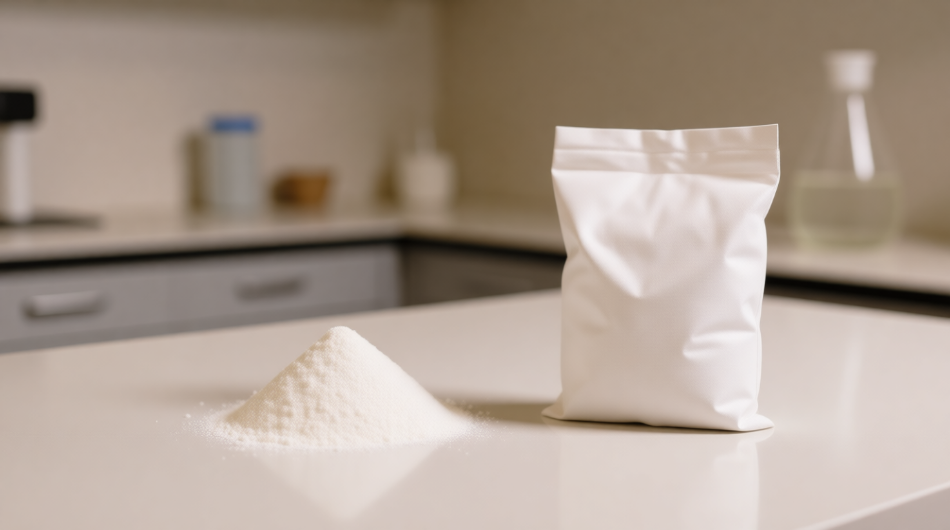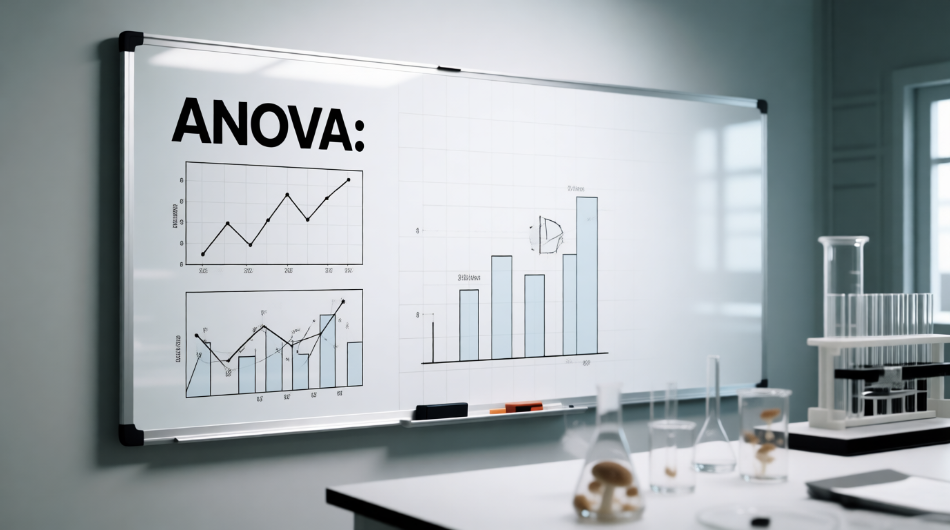In the vast and fascinating world of mycoculture, substrate preparation is a crucial step that can determine the success or failure of an entire production cycle. Among the various substrate treatment techniques, one method that is gaining increasing acceptance among experienced growers and mycology enthusiasts is lime pasteurization. This alternative approach to traditional thermal techniques offers a unique combination of efficacy, operational simplicity, and economic sustainability, making it particularly suitable for both small-scale and more intensive production. In this article, we will explore in depth every aspect of this fascinating technique, from the chemical principles that govern its operation to its practical applications in different growing contexts, providing all the tools necessary to successfully implement this method into your growing routine.
Woody substrates represent one of the fundamental foundations for growing numerous mushroom species, providing essential nutritional support for mycelium development and subsequent fruiting. In this article, we will explore in depth the characteristics, properties, and methods of use of the three main woody substrates: sawdust, shavings, and wooden sticks. Through a detailed analysis of their compositions, preparation processes, and inoculation techniques, we will provide a comprehensive guide for mushroom growers and enthusiasts who wish to deepen their knowledge of mushroom cultivation on woody substrates.
Mushroom cultivation represents one of the most fascinating frontiers of modern agriculture, a bridge between rural tradition and scientific innovation. In an increasingly competitive and sustainability-focused environment, optimizing growth parameters becomes crucial to maximize yields and ensure production profitability. Among the many factors that influence the success of a mushroom cultivation, strain choice and substrate composition play a crucial role, but how can we scientifically quantify their impact? This is where statistical analysis, and specifically the ANOVA (ANalysis Of VAriance) method, becomes an essential tool for the modern mushroom grower. This article aims to guide you through the principles and practical application of ANOVA in mushroom cultivation, providing the tools to transform seemingly chaotic data into strategic insights for the continuous improvement of your production.











